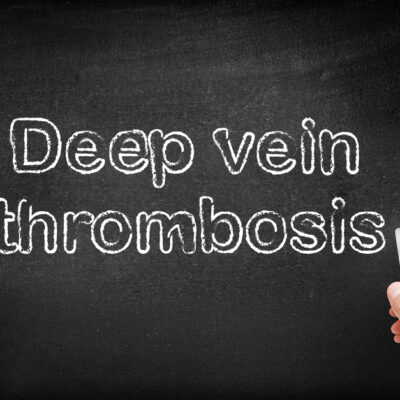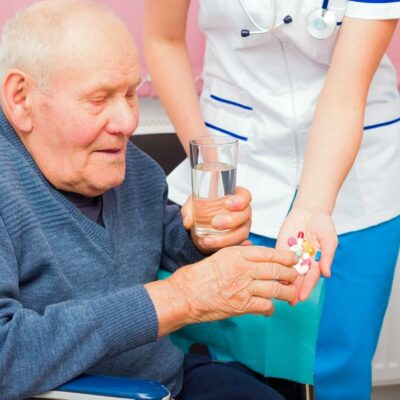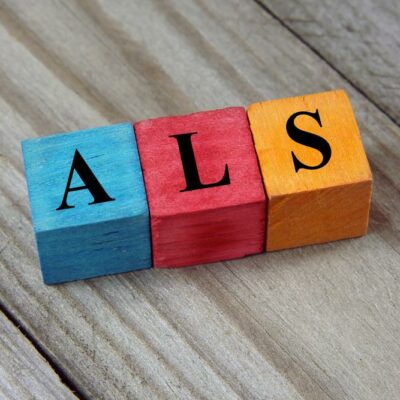
Health
Common signs and symptoms of GERD that you should know
GERD or Gastroesophageal Reflux Disease is a type of digestive disorder in which the lower esophageal sphincter (LES) is affected. LES is the ring muscle that is situated between the esophagus and the stomach. Common causes and symptoms of GERD Causes The causes of GERD is complex, and the symptoms of GERD might vary from person to person. Common causes and symptoms of GERD might be different for the same individual at different times. A small number of GERD produces a large amount of acid. Some of the common causes of GERD include lower esophageal sphincter abnormalities; many doctors believe that hiatal hernia causes GERD, a low metabolism which causes slower or prolonged digestion of food in the stomach. Lower esophageal sphincter or LES plays an important role in preventing reflux action. As mentioned above, LES is a specialized ring of muscle surrounding the lower-most end of the esophagus, joining the stomach. The closing of the passage prevents reflux when food or saliva is being swallowed. The LES sphincter relaxes for a couple of seconds, allowing food to pass from the esophagus to the stomach, and then it closes again. There are several abnormalities found in the LES, which might lead to GERD.
Read More 















